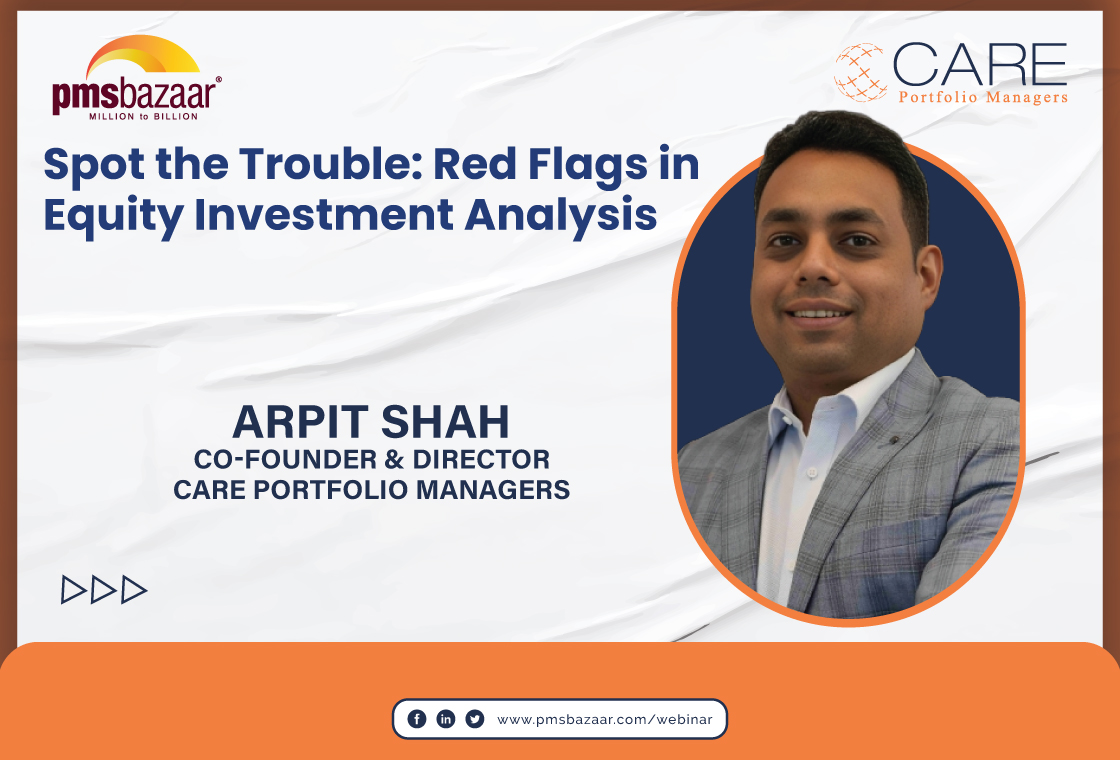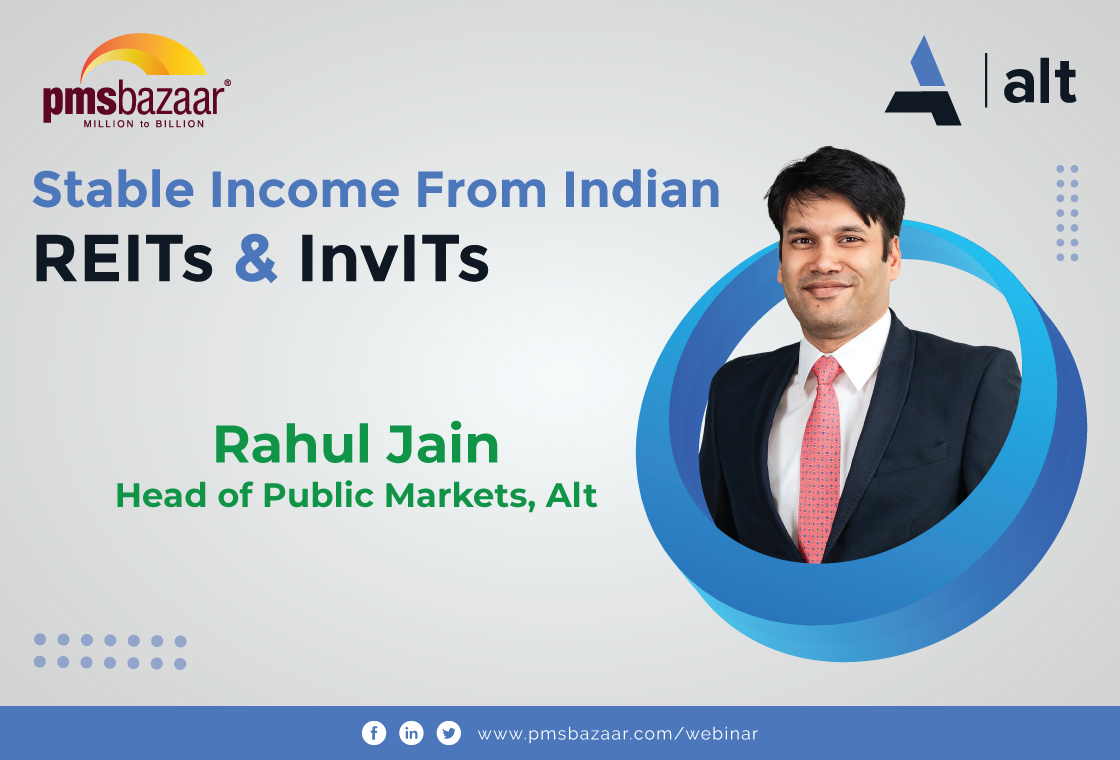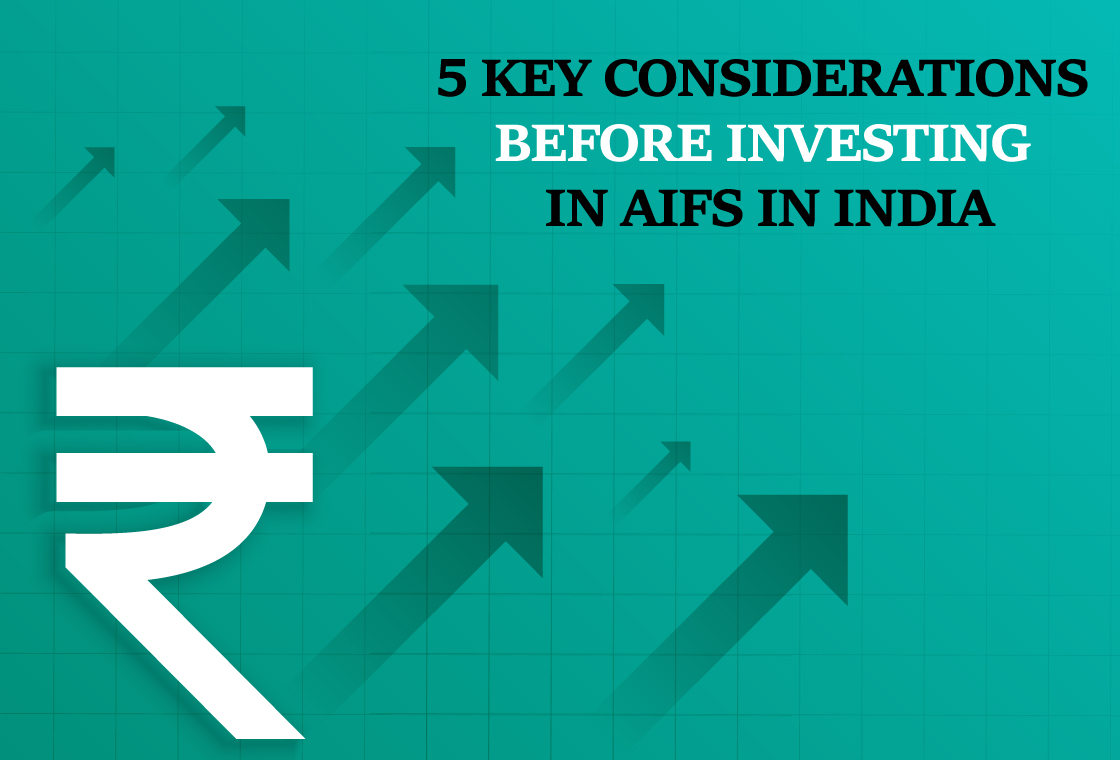This blog covers all you need to know about debt investment options in PMS and Debt PMS performances across time frames. It is interesting to note that the debt PMSes have outperformed across time periods based on May 2024 data.

Most of the action and attention around PMS strategies revolve around the stock market. However, several PMS providers also offer debt investments for HNIs and UHNIs looking for fixed-income options.
Since every percentage point of return matters in the case of debt investment, it becomes critical for wealthy investors to choose the right instruments, whether it is for steady income generation or stable capital gains.
With a plethora of instruments available such as non-convertible debentures, market-linked debentures, sovereign securities (State and Central governments), certificates of deposits, commercial papers and additional tier 1 (AT1) bonds, the choice of investment must be carefully done.
PMS fund managers can decide on the right strategy.
Read to get a perspective for more on debt options in PMS investments.
Gaining from debt PMS
While deciding on a debt strategy, a PMS fund manager will take into account many factors. These include interest rates, RBI monetary stance, yields and spreads available in the secondary debt markets, liquidity, yield curve view, inflation, government borrowings and fiscal deficit position.
A PMS fund manager can offer bespoke strategies for HNIs and UHNIs. So, a short, medium or long-duration strategy may be taken based on the above factors. Coupon payments and the likely capital gains when securities are bought or sold in the exchanges or final principal repayment are all important factors when deciding, as debt instruments are completely taxable at the slab rate of the investors with no indexation benefit.
Also, investors can get a diversified portfolio from Debt PMS as well. It employs diversification to spread risk across various debt instruments, thereby minimising the impact on the overall portfolio.
Where does debt PMS invest?
Debt PMS invests in instruments like Non-Convertible Debentures (NCDs), Mutual Fund Linked Debentures (MLDs), Commercial Papers (CPs), and more. It also invests in government bonds, which are considered to be the safest debt investments in India. They can also invest in corporate bonds, which typically offer higher returns than government bonds, but also carry a higher degree of risk. Other options include select corporate credits, REITs and INVITs.
For instance, a fund can construct a portfolio of AA and AAA rated bonds. Similarly, another fund can build a portfolio of debt instruments with BB-rated bonds, government securities, and treasury bills to offer slightly higher returns for the risks taken (on BB-rated bonds). A few AMCs can take exposure to specific sectoral bonds such as real estate or financial services.
Debt PMS uses an active and flexible investment approach to capitalise on opportunities in the fixed-income markets. This can be a good option for investors who are looking for a steady stream of income and want to preserve their capital.
Simply put, debt PMS is a suitable option for investors with a low to moderate risk tolerance who are looking for moderate to high returns on their investment. It can be a good alternative to traditional fixed-income options such as bank FDs or corporate FDs.
Benchmark for debt PMS
As per SEBI, debt PMSes can follow any one of the indices as the benchmark.
- Crisil Composite Bond Fund Index,
- Crisil Credit Index, and
- Nifty Medium to Long Duration Debt Index.
Why consider debt PMS?
Debt PMS, or Debt Portfolio Management Service, can be an attractive option for investors seeking specific benefits from their fixed-income portfolio. Here are some reasons to consider investing in a Debt PMS
- Potentially higher yields: Debt PMS offers more flexibility in investment choices compared to traditional debt instruments like fixed deposits (FDs). This flexibility allows the fund manager to potentially find undervalued debt securities and generate returns that exceed what you might get from a regular FD.
- Customisation: Debt PMS caters to your individual needs. You can discuss your risk tolerance with the portfolio manager, who will then tailor the debt allocation within the portfolio to match your requirements.
- Diversification: Debt PMS allows you to invest in a wider variety of debt instruments beyond just government bonds and FDs. This can include corporate bonds, structured products, and even exposure to foreign assets. This offers stability to your portfolio.
- Active Management: Debt PMS involves active management by a professional fund manager. This manager uses their expertise to navigate the credit market and identify opportunities that might be missed by a passive approach.
Debt PMS performance
Of the 12 debt PMS investment approaches (within the PMS Bazaar universe), 9 of them have completed one-year. Their average return for the past year stood at about 12.95% (Data as of May 2024), much higher than the benchmark indices, as depicted below. The following table shows debt PMS average returns vs benchmark across timeframes.

Note: Nifty Medium to Long Duration Debt Index data is not available for 2-year and 3-year.
Debt PMS 1-month performance
This was led by Tresor Secure fund from Pace Financial Investment Advisor delivering 2.07% against the Crisil Credit Index benchmark return of 0.75%. Here are the top 5 performers.

Debt PMS 1-year performance
The 1-year performance was led by Maximal Capital with a staggering return of 30.88%, against the benchmark (Nifty Medium to Long Duration Debt Index) return of 6.58%. Here are the top 5 debt funds.

Debt PMS 2-year performance
There are seven debt PMSes that have completed two years (within the PMS Bazaar universe). Here are the top 5 performers.

Debt PMS 3-year performance
There are only seven debt PMS within the PMS Bazaar universe that have completed three years. Here are the top 5 performers.

Points to note
Interest rates are a major factor affecting debt PMS. Fund managers need to actively manage these portfolios to reduce risks and maximize returns when interest rates change.
One key concept is the inverse relationship between interest rates and bond prices. As interest rates rise, existing bonds in a portfolio become less attractive because new bonds offer higher yields. This drives down the price of the existing bonds. So as an investor remember this point before investing.
For some investors, debt can be complex to understand, therefore, it is always better to consult a financial advisor before investing in debt PMS.
Recent Blogs
.jpg)
Passively Active Investing — A Modern Investor’s Lens on ETF-Based PMS
PMS Bazaar recently organized a webinar titled “Passively Active Investing — A Modern Investor’s Lens on ETF-Based PMS,” which featured Mr. Karan Bhatia, Co-Founder and Co-Fund Manager , Pricebridge Honeycomb ETF PMs. This blog covers the important points shared in this insightful webinar.

Spot the Trouble: Red Flags in Equity Investment Analysis
PMS Bazaar recently organized a webinar titled “Spot the Trouble: Red Flags in Equity Investment Analysis,” which featured Mr. Arpit Shah, Co-Founder & Director, Care Portfolio Managers. This blog covers the important points shared in this insightful webinar.

Long-Only AIFs Rebound Sharply in October; Long-Short Strategies Lag Despite Lower Volatility
106 long-only AIFs averaged 3.68% vs 32 long-short AIFs at 2.7%; only 24–31% of funds beat key indices

Markets log strongest monthly gains in 7 months; PMS performance turns near-uniform in October
Nifty 50 TRI gained 4.62%, BSE 500 TRI rose 4.27%; 415 of 427 equity PMSes ended positive

How SMEs are Shaping India’s Investment Landscape?
PMS Bazaar recently organized a webinar titled “How SMEs are Shaping India’s Investment Landscape?” which featured Mr. Shrikant Goyal, Fund Manager, GetFive Opportunity Fund.

Stable Income from Indian REITs and InvITs
PMS Bazaar recently organized a webinar titled “Stable Income from Indian REITs and InvITs,” which featured Mr. Rahul Jain, Head of Public Markets, Alt.

5 Key Considerations Before Investing in AIFs in India
Alternative Investment Funds (AIFs) have emerged as a compelling option for sophisticated investors seeking diversification and potentially superior returns. But venturing into AIFs requires a clear understanding of their unique characteristics that go beyond simply knowing what they are and their categories.

How AIF can help in diversification?
Traditionally, Indian investors have relied on a mix of stocks and bonds to build their wealth. While this approach offers diversification, it can still leave your portfolio vulnerable to market fluctuations. Enter Alternative Investment Funds (AIFs), a dynamic asset class gaining traction for its ability to unlock diversification beyond the realm of conventional options.

